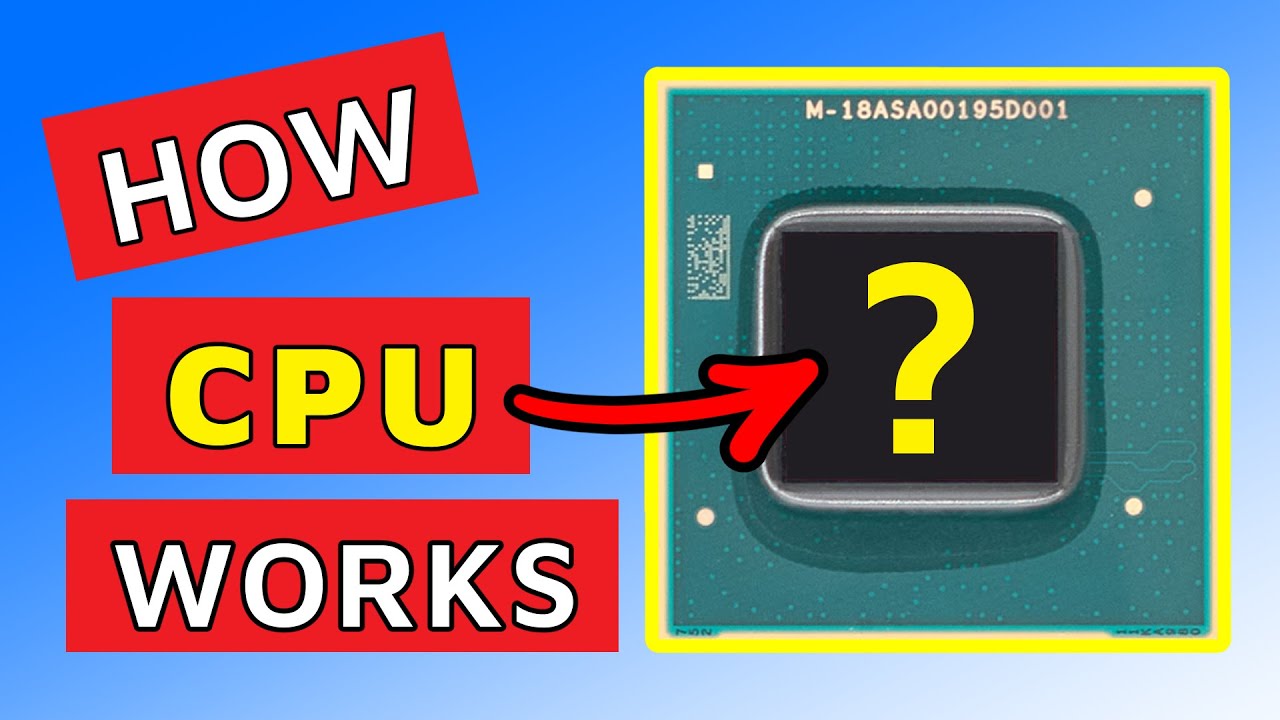Introduction
The central processing unit (CPU) is often described as the brain of a computer.
Without a CPU, a computer would be unable to function.
TheCPUis a complex piece of hardware that works in conjunction with software to carry out various tasks.

So lets dive in and unravel the fascinating world of the CPU.
What is a CPU?
The CPU is responsible for coordinating and controlling the operations of all other components in the system.
The primary function of a CPU is to fetch, decode, and execute instructions.
These instructions are the fundamental building blocks of software programs and define the tasks that a computer must perform.
To achieve this, the CPU consists of multiple components that work together harmoniously.
These components include the control unit, arithmetic logic unit (ALU), registers, and cache memory.
It consists of various components, including the control unit, ALU, registers, and cache memory.
Without a control unit, the CPU would not be able to function effectively.
It then carries out the operation, utilizing the data stored in registers and producing the result.
It executes basic mathematical calculations, evaluates logical conditions, and manipulates binary data.
Increasing the number of registers allows for more efficient data handling and faster execution of instructions.
However, more registers also require additional hardware and can increase the complexity and cost of the CPU.
Understanding the instruction set helps programmers optimize their code, utilize available resources, and achieve desired performance outcomes.
It includes operations for data transfer, arithmetic and logical calculations, control flow, and specialized tasks.
It consists of two main steps: the fetch phase and the execute phase.
Efficient execution of the fetch-execute cycle is crucial for the performance of a CPU.
Faster memory access and optimized instruction decoding contribute to overall system speed.
A higher clock speed generally indicates a faster CPU with the ability to perform more operations per second.
The clock speed is controlled by an internal oscillator known as the system clock.
This clock generates regular electrical pulses that act as a timing reference for the CPUs operations.
During each clock cycle, the CPU can fetch, decode, and execute one or more instructions.
The number of instructions executed per clock cycle depends on the architecture and design of the CPU.
Modern CPUs often employ techniques such as pipelining and superscalar execution to maximize instruction throughput and improve overall performance.
Its important to note that clock speed alone is not the sole indicator of a CPUs performance.
In the past, the sole focus was on increasing clock speeds toimprove CPU performance.
Overclocking is a technique where enthusiasts increase a CPUs clock speed beyond its specified limits.
When considering CPUs, its essential to strike a balance between clock speed and other factors.
In summary, clock speed is a crucial factor in determining a CPUs performance.
The L1 cache is the closest to the CPU and has the smallest capacity but the fastest access time.
It usually consists of separate instruction and data caches, storing frequently accessed instructions and data, respectively.
When the CPU needs to access data or instructions, it first checks the L1 cache.
In addition to improving performance, cache memory also helps to reduce power consumption.
Cache memory size, organization, and speed vary between different CPU architectures and models.
It helps bridge the speed gap between the CPU and main memory, improving overall system performance.
The architecture determines how the CPU executes instructions, processes data, and interacts with other system components.
There are several different CPU architectures, each with its own unique design principles and characteristics.
Each architecture has different strengths and weaknesses, making certain architectures more suitable for specific tasks or environments.
Modern CPUs integrate multiple cores, allowing for parallel execution of instructions.
This shift towards multicore architectures enables higher computational power and improved multitasking capabilities.
These multicore CPUs can be symmetric (SMP) or asymmetric (AMP) in their core configurations.
In summary, CPU architecture determines the design, functionality, and performance of a CPU.
These cores can simultaneously execute instructions, allowing for parallel processing and increased computational power.
Proper utilization of multicore architectures can significantly improve program performance and responsiveness.
Its worth noting that the number of cores does not always directly correlate with linear performance improvements.
Registers provide temporary storage for data and instructions, allowing for quick access and manipulation during execution.
Proper utilization of multicore architectures can optimize software performance and scalability.